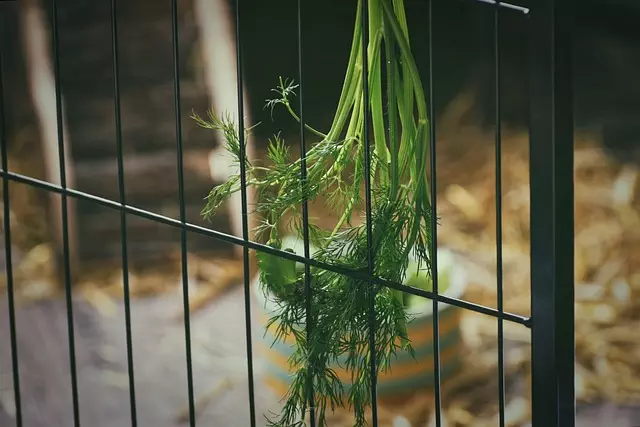Joint pain sufferers are turning to natural remedies, with outdoor-grown kratom emerging as a promising solution. Kratom, from the tropical Mitragyna speciosa plant, has analgesic and anti-inflammatory properties enhanced by sunlight, fresh air, and diverse soil microorganisms when grown outdoors. Scientific studies explore its potential in managing chronic pain. This guide provides a step-by-step process for cultivating kratom outdoors during warmer months, emphasizing key factors like sunlight, soil pH (5.5–7.0), planting depth, watering, fertilization, and harvesting after 4-6 months.
“Experience lasting joint pain relief with kratom—a natural solution gaining traction in modern wellness. This comprehensive guide explores how kratom, cultivated through simple outdoor methods, can alleviate arthritis and inflammation. We delve into the science behind its analgesic properties and provide a step-by-step guide to growing your own kratom outdoors, ensuring a consistent supply for effective joint care. Say goodbye to painful limitations and embrace an active lifestyle with this powerful herb.”
- Understanding Joint Pain and Its Impact
- Exploring Kratom as a Natural Solution
- Growing Kratom Outdoors: A Step-by-Step Guide for Effective Joint Relief
Understanding Joint Pain and Its Impact
Joint pain is a common issue that can significantly impact an individual’s daily life and overall well-being. It encompasses discomfort, stiffness, and sometimes intense soreness in one or multiple joints. This condition can arise from various factors, including arthritis, injuries, overutilisation, or underlying medical conditions. For many, joint pain relief has become a constant pursuit to regain mobility and ease suffering.
In recent years, growing interest in natural remedies has led some individuals to explore alternative options, such as kratom. Specifically, those who cultivate kratom outdoors may find it particularly appealing due to its potential therapeutic benefits. Outdoor-grown kratom plants often benefit from the rich soil, fresh air, and sunlight, resulting in a potent herb with various alkaloids, including ones known for their pain-relieving properties. Understanding these natural solutions can be a game-changer for managing joint pain, offering relief and potentially improving one’s quality of life.
Exploring Kratom as a Natural Solution
Kratom, derived from the tropical plant Mitragyna speciosa, has gained attention as a natural remedy for various ailments, including joint pain. This herb, often grown outdoors in regions with suitable climates, offers a range of bioactive compounds known for their analgesic and anti-inflammatory properties. Scientific studies have explored its potential in managing chronic pain conditions, providing an alternative to conventional medications.
Growing kratom outdoors allows the plant to thrive in natural conditions, potentially enhancing its medicinal value. The outdoor environment provides access to sunlight, fresh air, and diverse microorganisms that can contribute to the plant’s overall health and bioactivity. This approach aligns with the growing trend of embracing natural solutions for health issues, offering a sustainable and organic alternative to synthetic pain relievers.
Growing Kratom Outdoors: A Step-by-Step Guide for Effective Joint Relief
Growing your own kratom outdoors can be a rewarding process, offering a natural and potentially cost-effective solution for managing joint pain. Kratom plants thrive in warm, humid climates with well-draining soil, making outdoor cultivation ideal during the warmer months. Here’s a step-by-step guide to help you successfully grow kratom outdoors:
1. Select a Suitable Location: Choose a spot in your garden or backyard that receives at least 6-8 hours of direct sunlight daily. Ensure it’s sheltered from strong winds and has easy access to water.
2. Prepare the Soil: Kratom plants prefer slightly acidic to neutral soil with a pH range of 5.5 to 7.0. Amend your chosen area with organic matter like compost or well-rotted manure to improve drainage and fertility.
3. Planting: Obtain healthy kratom cuttings or seeds from a reputable supplier. If using cuttings, plant them about 1-2 inches below the soil surface. For seeds, follow the packet instructions for depth and spacing. Water thoroughly after planting.
4. Watering and Fertilization: Kratom plants require consistent moisture but should not be waterlogged. Water deeply when the top inch of soil feels dry. During the growing season, fertilize every 2-3 weeks with a balanced organic fertilizer to support robust growth.
5. Harvesting: After about 4-6 months, your kratom plants will be ready for harvesting. Carefully cut the leaves and stems from the main plant, ensuring you leave enough foliage to support continued growth. Dry the harvested material in a cool, dark place before processing it according to your preferred method for joint pain relief.
Kratom has emerged as a promising natural remedy for joint pain, offering relief and improved mobility without the side effects often associated with conventional medications. By understanding the root causes of joint pain and exploring kratom’s therapeutic properties, individuals can take control of their discomfort. Growing kratom outdoors not only provides access to high-quality, organic plants but also allows for a sustainable and cost-effective supply. With proper care and following simple steps outlined in this guide, anyone can cultivate their own kratom, ensuring consistent relief from joint pain naturally.






